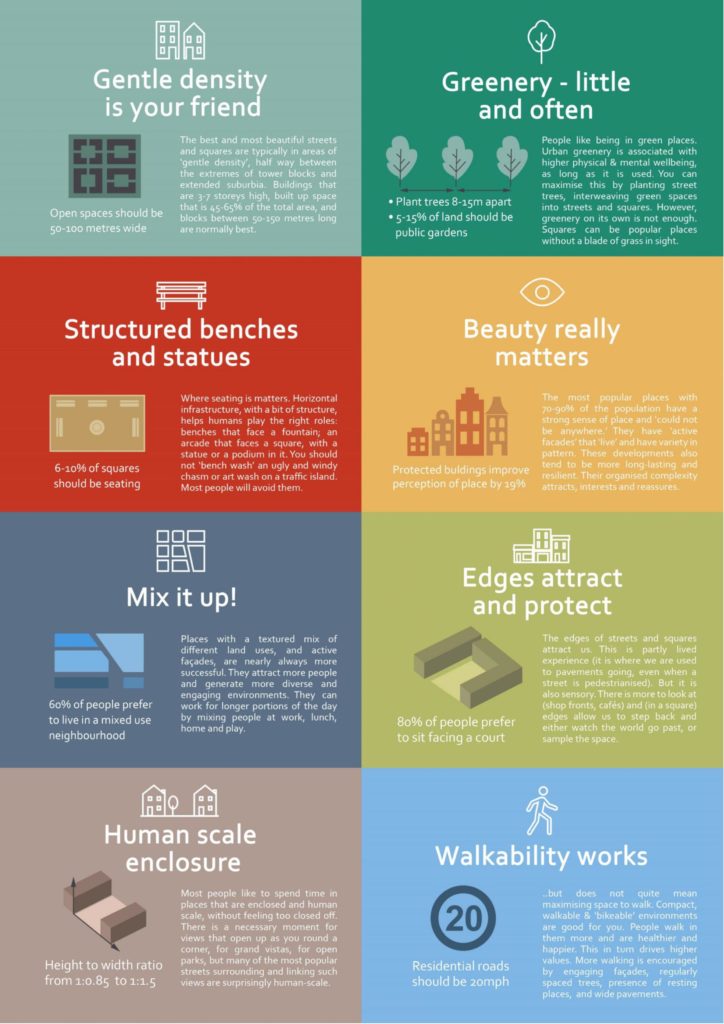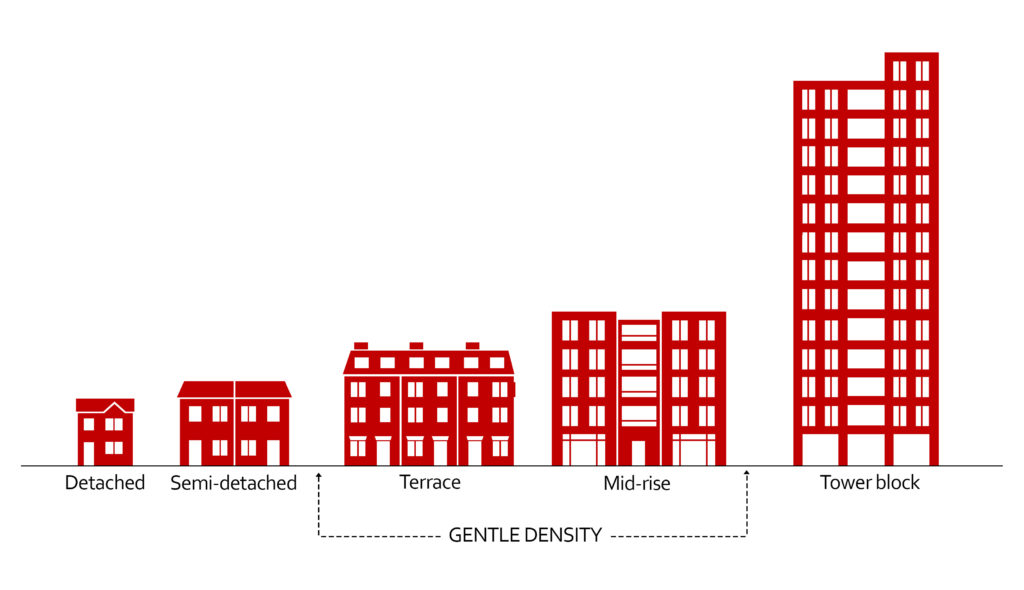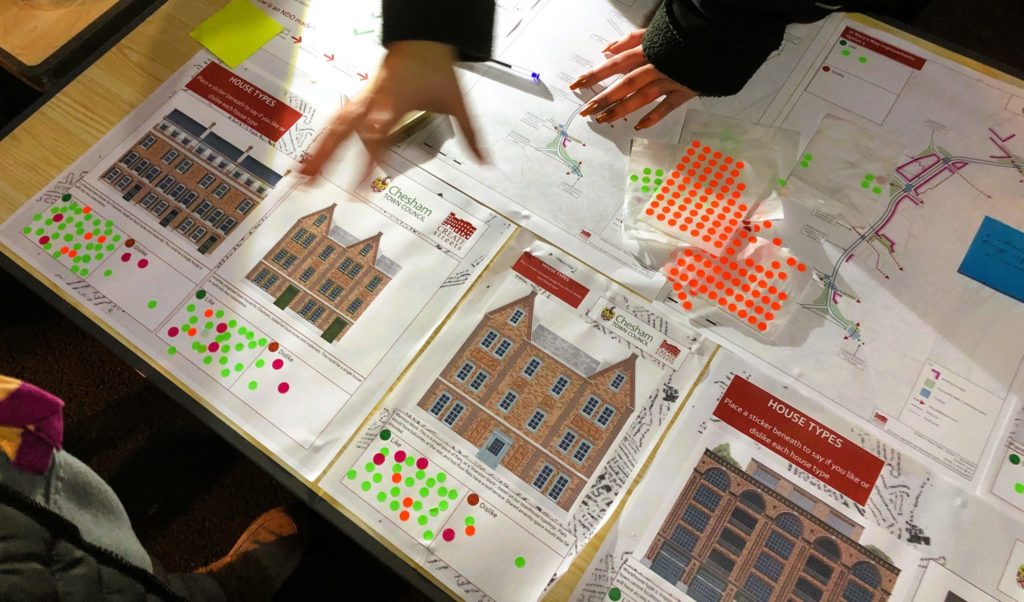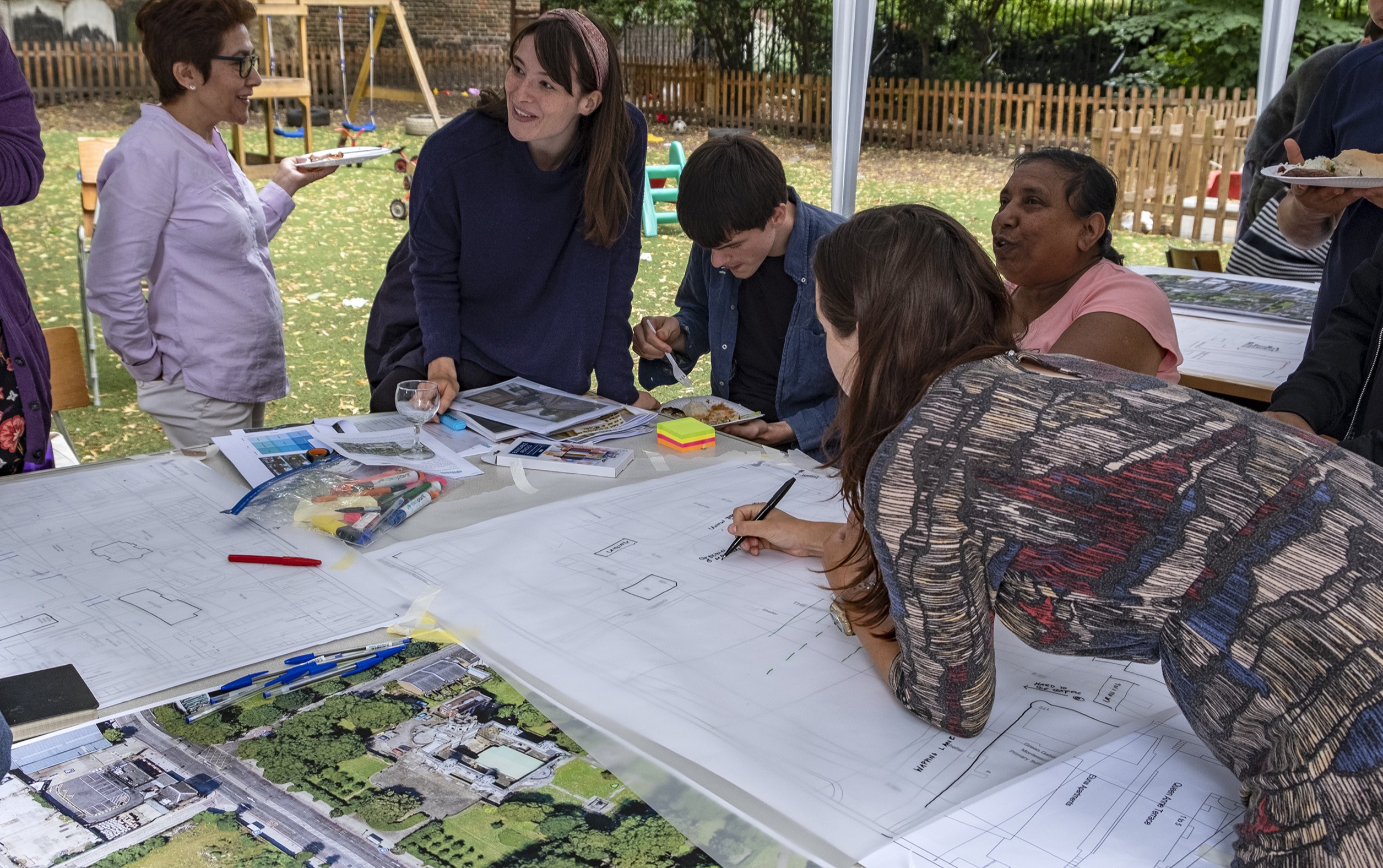We are often contacted by individuals or community groups asking how to improve their neighbourhoods.
We have previously published some advice on this, Love thy neighbourhood, in 2016. It’s mainly aimed at those living in England, though many of the principles will apply more widely. However, it is a little out of date now thanks to a positively evolving English planning system which is putting more focus on community preferences and clear visual design codes rather than the type of verbal ambiguity beloved of lawyers but which makes things jolly hard for neighbourhoods who care about their home.
We will publish an update (Thy Neighbourhood strikes back?) but in the interim, here are some top tips which you may find helpful:
- Trust your judgement. Don’t fall for the old lies that “all design is subjective” or “what places don’t look like does not matter.” This is verifiable nonsense. The types of places in which most humans flourish and choose to be varies with climate and with culture but is nevertheless intensely predictable. There are consistent relationships between place on the one hand with such factors as human happiness, connectedness, air quality and a sense of control over one’s environment. What places and buildings look like is not all that matters but it certainly is part of it. You can see these explored in detail in our books, Heart in the Right Street, Beyond Location (summarised here) and Of Streets and Squares. Perhaps more usefully, you can see them set out below.

- Don’t assume that high density must equal high rise or large blocks. High density categorically does not require high rise or large blocks. With the right urban design and planning you can normally achieve high (though not ludicrous) densities within a perfectly conventional street-scape – medium-rise terraced housing (two to four stories), tightly organised but on a human-scale, with many front doors facing onto the street. So-called ‘Gentle Density’ is often the best way to trade off the advantages of personal space and the pressure for more homes.

- Ask what people want. It really really matters. Demonstrate community support. Consultation is not a tick box exercise and should be done at the earliest stages of a project. It’s crucial to showcase community support when advocating for change. Consider running surveys, both online and offline, to demonstrate to local authorities and landowners that residents are invested in creating a better neighbourhood. One cost efficient way to get us involved is to persuade the council to commission a survey from our Create Communities engagement tool.
- Keep it simple and keep it visual. Show images for people to respond to. Ask questions such as “What’s your favourite place?” “What’s you least favourite place?” “Why?” “Where would you most like to improve? How?” This can be very revealing and quickly discover and build consensus. All our work suggests that, actually, most people tend to agree about places they like.

- Create a team. On your own it will (rightly) be hard to change anything. Success has many hands. Are there friends and neighbour with whom you could band together? Is there an existing community group you can join?
- Start as early as possible. When you can, be strategic not tactical. By the time you want to object to some lumpish horror it’s probably too late. If you want to, create a Neighbourhood Plan. It’s a lot of work but it’s the best way to have real influence. Neighbourhood plans should be as focused as possible. The key powers you have are (a) allocating sites for homes; (b) setting local design codes for what new homes and street look like; (c) pre-permissioning homes and other development; and (d) allocating your share of Community Infrastructure Levy (CIL), though that will change due to the Levelling Up and Regeneration Act.
- Start small, think big. Have a big ambitious vision about improving your neighbourhood’s beauty and prosperity, and keep in mind that they are often related. Read our book Beyond Location, summarised here. However, above all, start on quick, deliverable actions that will help create momentum, build consensus and appeal to people with different and varying priorities: public health, shops’ turnover, the town’s intrinsic beauty. You should be able to find items that build consensus and that you can collectively highlight to the council or land owners. Perhaps planting street trees, widening a pavement or restoring an old bandstand or bench?
- Make use of the evolving planning system. Councils are now VERY strongly encouraged to create design codes to give confidence about what new buildings will look like and they need to care what you think. A design code is like a recipe for a place. It is a series of specifications for new developments, streets, buildings, and public spaces which set how they will look and feel. A code aims to address the hopes and aspirations of local residents when it comes to development, based on feedback from the community and reflects what they like in the built environment and how they wish to see it develop. It should be restrictive on certain design asks and not allow developers the flexibility to dilute design quality. Here’s a webinar we ran on them: Design coding for beginners – webinar (youtube.com) Here’s an example for infill development we worked up in Chesham. Design code’s don’t need to be complex. They need to be visual, reflect local preferences and use clear language. Here are some top tips. Without this use of clear language, a code is just a planning guide and lacks teeth.
- Apply for a place champions package. If you’re in a disadvantaged area, Create Streets Foundation regularly runs a Place Champions Programme to which community groups can apply. Do look it up to see if there is an upcoming round of applications.
All usual caveats apply, of course: just because something is often right or normally right, does not mean it is right for you.
Here are some other links and resources here you may find helpful: Resources – Create Streets.
All power to your elbow and please do let us know how you get on.


